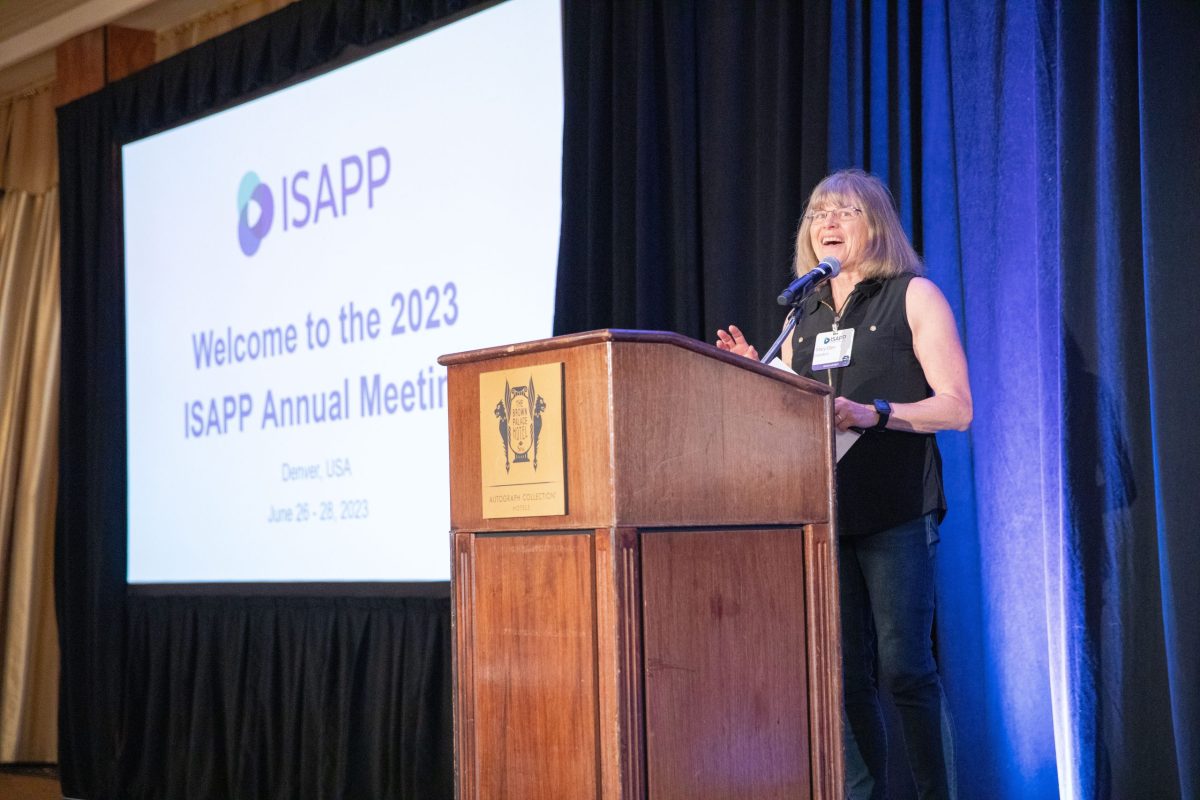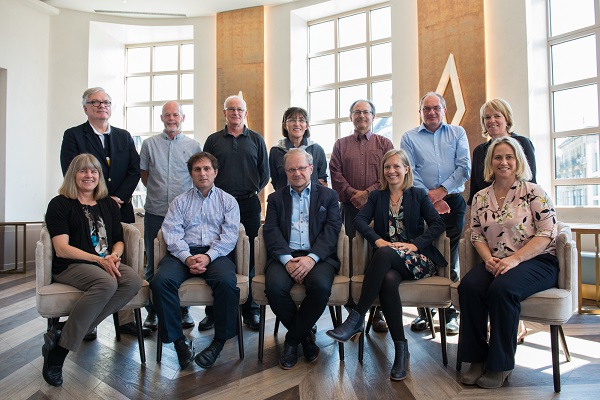1-8 of 8 results
-

2023 in Review: Highlights in the Field of Biotic Science
By Kristina Campbell, Prof. Colin Hill PhD, Prof. Sarah Lebeer PhD, Prof. Maria Marco PhD, Prof. Dan Merenstein MD, Prof…. -

Inaugural nominations open for ISAPP Award: The Sanders Award for Advancing Biotic Science
With the retirement of ISAPP’s longtime Executive Science Officer, Dr. Mary Ellen Sanders PhD, the ISAPP board of directors sought… -

Episode 27: Investigating the benefits of live dietary microbes
[powerpress] The Science, Microbes & Health Podcast This podcast covers emerging topics and challenges in the science of probiotics,… -

Pharmacists as influencers of probiotic use
By Kristina Campbell, science writer It’s not an uncommon scene in a pharmacy: someone standing in front of the shelf… -

What’s the evidence on ‘biotics’ for health? A summary from five ISAPP board members
Evidence on the health benefits of gut-targeted ‘biotics’ – probiotics, prebiotics, synbiotics, and postbiotics – has greatly increased over the… -

Designing Probiotic Clinical Trials: What Placebo Should I Use?
By Daniel J. Merenstein, MD, Professor, Department of Family Medicine and Director of Research Programs, Georgetown University Medical Center, Washington… -

ISAPP board members look back in time to respond to Benjamin Franklin’s suggestion on how to improve “natural discharges of wind from our bodies”
Benjamin Franklin, born in 1706, was a multi-talented politician and scientist best known for his discoveries related to electricity. Historians… -

Connecting with the ISAPP community: Continuing to advance the science of probiotics and prebiotics
By Mary Ellen Sanders PhD, executive science officer, ISAPP On behalf of the ISAPP board of directors, I am reaching…